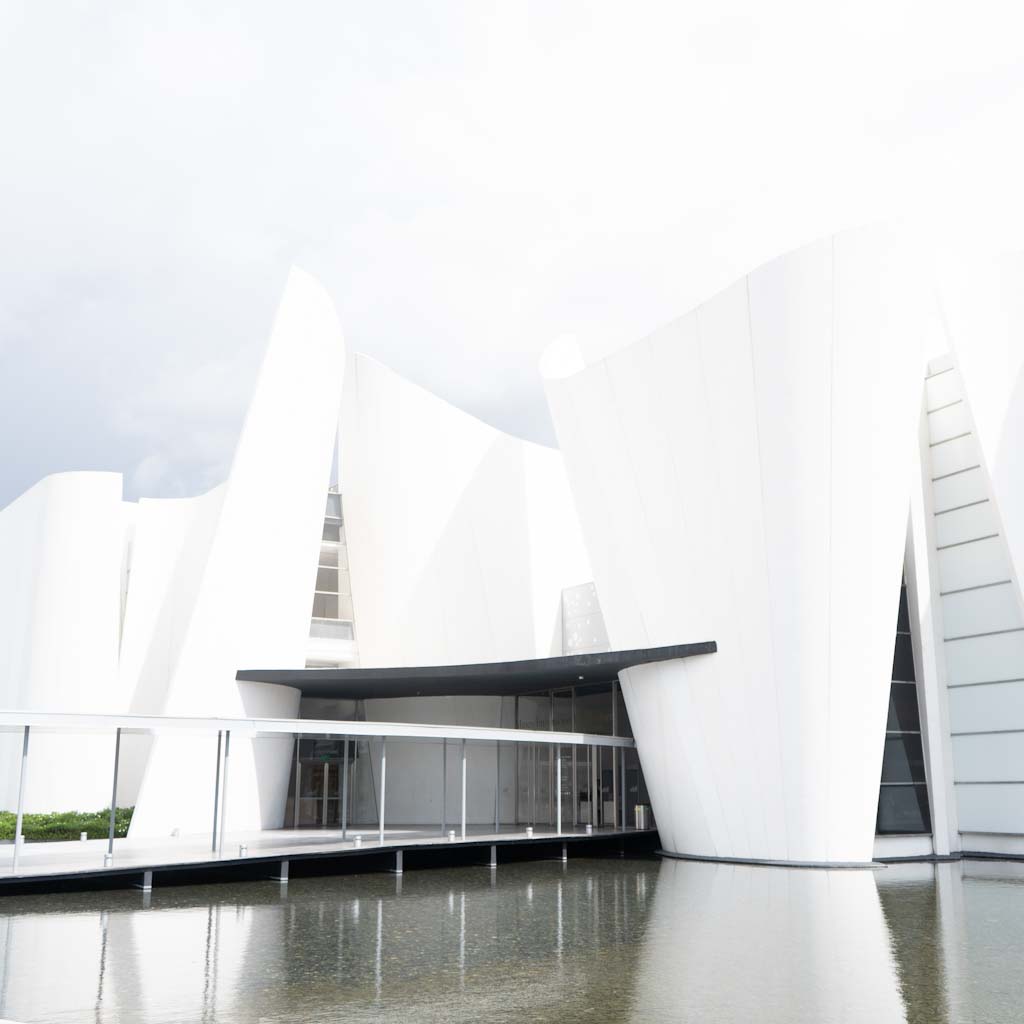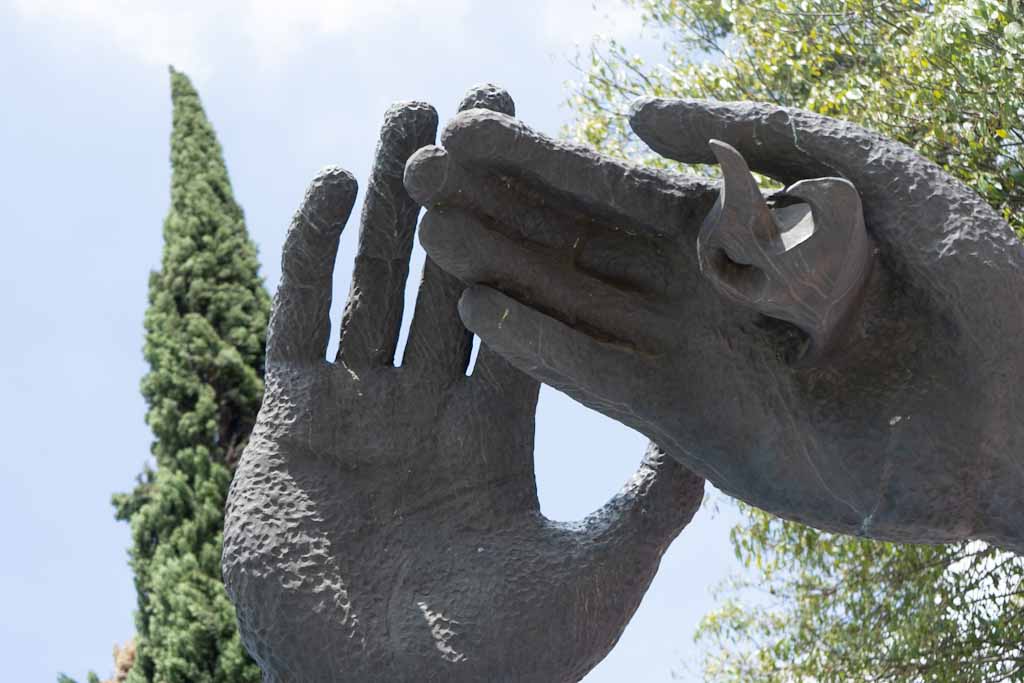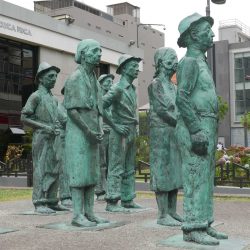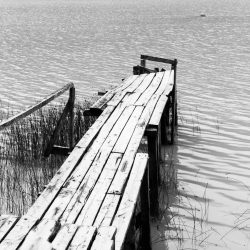Often overlooked by tourists on their way from Mexico City to Oaxaca, the city of Puebla is a mixed bag. The historic centre and the world-class Baroque Museum justify a visit, the industrial mess in between does not.
(more pictures of Puebla can be found here)
Located against the backdrop of the Popocatepetl volcano, and only two hours from Mexico City, this is one of the industrial powerhouses of the country. There is lots of manufacturing going on, including some European car producers.
CONTENTS
General introduction
Puebla is justifiedly proud of its historical centre. It is a bustling, chaotic mess, but in a pleasant way. On the western end the Avenida Juarez with lots of restaurants and cafes is a great entrance, which leads to the Paseo Bravo park which demarcates the border of the centre. That again houses an enormous cathedral and several good museums.
Venture beyond and you end up in an urban sprawl, alternated by some pleasant parks. The biggest attraction is the Baroque Museum, a spectacular white curving building by Japanese architect Toyo Ito.

Food and drinks
One of the local specialties are cemitas, round bread buns with frijoles, aguacate (avocado), cheese and meat of your liking. It’s cheap and a decent lunch. And all around the city you can of course get the ‘mole poblano’, the local sauce specialty.
The aforementioned Avenida Juarez caters for the masses. It has several huge restaurants for all price categories. Most of the places are not super-refined though. More exclusive fare can be found in the historic centre.
Activities / things to do
- museums:
- Baroque Museum: maybe this one is located in Puebla because the city has a lot of religious baroque art. By any means, the main attraction here is the building itself. It has white curved walls, a clear structure guiding visitors through the exhibition rooms. Most of all it is a celebration of daylight, which enters the building in unexpected angles. The central staircase is magnificent, as is the rooftop bar. And the courtyard with small pond is a feast for the eyes. The collection itself is of course as extravagant as the baroque art style itself
- Amparo museum: located in two buildings, one of which was a hospital, this is a great place with both a huge collection of historic artefacts and contemporary art exhibitions. On top is a rooftop bar where you don’t have to order to make pictures of the centre
- Galeria de Arte Contemporaneo y Diseno: apparently closed indefinitely after the pandemic
- parks:
- Paseo Bravo: a small stretch on the western edge of the city center
- Parque del Arte: mostly used by locals in the weekends for strolling and relaxing, it has a nice pond and sports facilities
- Parque Ecologico: much bigger park on the eastern edge of the centre
- Eco Parque Metropolitano: huge and pleasant park next to the Baroque Museum. It has lots of art and nice walkways
- Puebla cathedral: this world heritage site is the crown of the historic centre. The two black limestone towers are the tallest church towers of Mexico
- Chapel of the Rosary: located within the Santo Domingo church, this is a ridiculously lavish (and impressive) chapel almost completely adorned in gold
- Biblioteca Palafoxiana: amazing old library, also in the city centre, at the southern exit of the cathedral
- football: the Cuauhtemoc stadium dates from 1968 but has been refurbished in 2015 and now has an impressive plastic grey-blue facade. The 51’000-seater is home to local pride Puebla F.C.
- San Andres Cholula: lovely small colonial city a couple of kilometres west of Puebla, well worth a visit
Getting to Puebla and getting around
- the airport is at least a thirty minute drive away from the city. In front of the terminal are public buses that take you to Puebla for 120 pesos (pay inside), so ignore the taxis and ask around. The bus will take you to the CAPU bus terminal
- bus: long-distance buses, mostly to/from Oaxaca and Mexico City, arrive and leave from the CAPU terminal. Located in the northwest, it is massive and not exactly beautiful. From here you can hop on to local buses, grab a cab or walk to the center (around 45 minutes)
- within the city: don’t underestimate the size of Puebla, with its 1.5 million inhabitants. Taxis are probably the easiest way to move around. From the centre to the Baroque Museum for example is easily a ninety-minute walk
- walking and cycling: Puebla is acutely aware most of it was built for cars. That is why they built lots of elevated walk- and cycling ways over and in between the highways surrounding the cities. It’s nit a perfect solution, but it does make a walk or a cycling tour towards for example the Baroque Museum a viable option
Miscellaneous
- Weather: just like Mexico City, Puebla is situated at an elevation beyond 2’000 metres. This makes the climate moderate and pleasant, with frequent rain though. It might get chilly in the evenings
- Safety: apart from the usual pickpocket threat where tourists congregate, Puebla is pretty much safe. Ask your hosts if there are any neighborhoods which should be avoided






